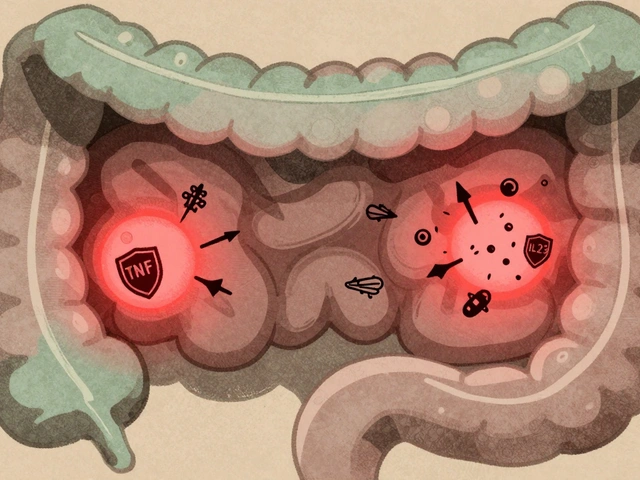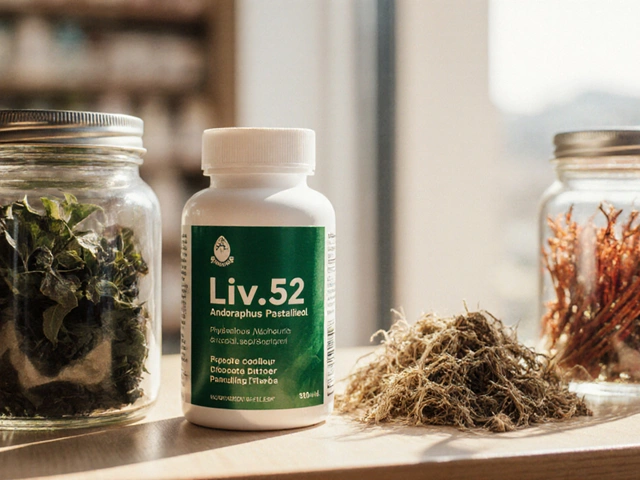Anemia Management: Simple Steps to Boost Your Blood Health
Feeling constantly tired, short of breath, or noticing pale skin? Those are classic signs that your blood might not be carrying enough oxygen. That’s anemia, and the good news is it’s often fixable with the right plan. Below you’ll find straightforward steps you can take right now to find out what’s causing the drop in hemoglobin and how to bring it back up.
Identify the Cause and Get the Right Tests
The first move in any anemia management strategy is a proper diagnosis. Your doctor will usually order a complete blood count (CBC) to check hemoglobin and hematocrit levels. If those are low, the next tests often include serum iron, ferritin, and total iron‑binding capacity (TIBC). These numbers tell you if iron deficiency, vitamin B12 shortage, or another issue is the culprit.
Don’t skip the vitamin B12 and folate tests, especially if you’re a vegetarian or have digestive problems. Sometimes chronic disease or kidney issues can also lower red blood cell production, so a full health review helps pinpoint the exact cause before you start treatment.
Practical Ways to Treat and Prevent Anemia
Once you know the root cause, you can target it with diet, supplements, or medication. For iron‑deficiency anemia, aim for iron‑rich foods like lean red meat, poultry, beans, lentils, spinach, and fortified cereals. Pair those meals with vitamin C sources—orange juice, strawberries, bell peppers—to boost iron absorption.
If you’re low on vitamin B12, include more animal products such as eggs, dairy, fish, and meat. Vegans might need a B12 supplement or fortified plant milks. Folate‑rich foods like leafy greens, avocados, and nuts also support healthy red blood cell production.
Over‑the‑counter iron tablets can be helpful, but they often cause stomach upset. Taking them with food (unless your doctor says otherwise) and splitting the dose into two smaller servings can reduce nausea. In more severe cases, doctors may prescribe stronger oral iron or even an IV infusion.
Medication isn’t the only tool. Staying active improves circulation and helps your body use oxygen more efficiently. Even a daily 20‑minute walk can make a noticeable difference in energy levels.
Keep an eye on your progress. Repeat blood tests after a month or two to see if hemoglobin and iron stores are climbing. Adjust your plan based on those results—maybe increase the dosage of a supplement or add a new food source.
Finally, remember that anemia can sometimes be a sign of an underlying condition. If you’ve tried dietary changes and supplements but still feel low on energy, schedule a follow‑up with your healthcare provider to rule out hidden issues.
Managing anemia doesn’t have to be complicated. By getting the right tests, eating smart, and staying consistent with supplements or meds, you can restore your blood health and feel your best again.

Folic Acid's Role in Managing Megaloblastic Anemia for Diabetics
Folic acid plays a crucial role in preventing and managing megaloblastic anemia, especially in patients dealing with diabetes. Understanding how folic acid deficiency occurs is key to addressing this condition. It’s not just about popping a supplement; diet, lifestyle, and specific needs for diabetics can influence health outcomes. Managing anemia the right way can significantly improve one's quality of life. Let's delve into practical tips and insights on how folic acid can make a difference.




